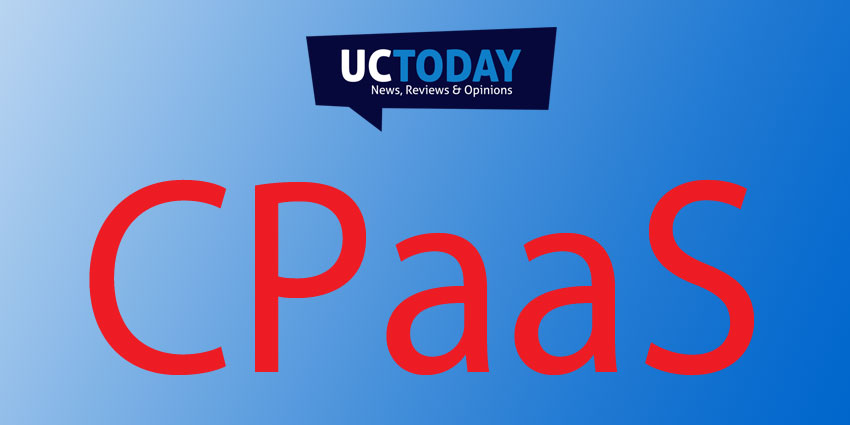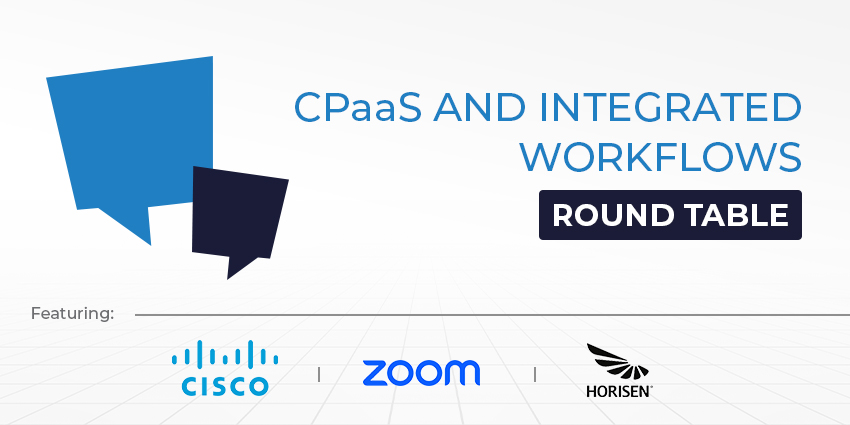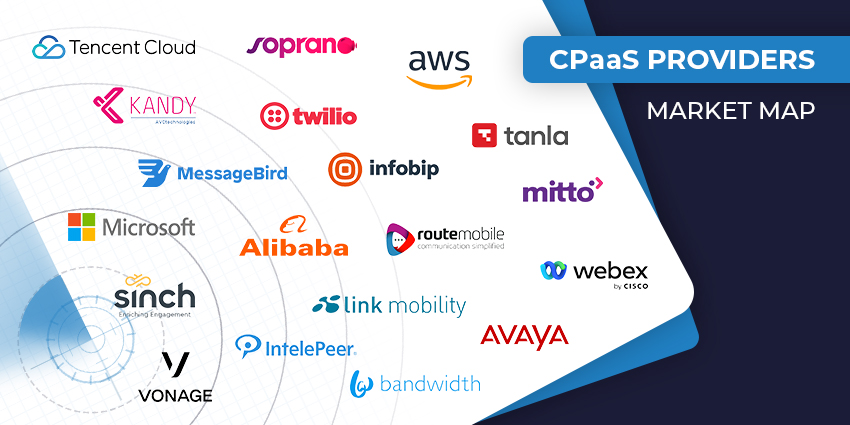
No matter what kind of company you run, you need to communicate effectively if you want to thrive.
Communication – both internal and external, is critical to success. Whether it’s making sure that your team members have all the information they need to collaborate on a project or conveying your values to your audience, the right comms strategy gives you the tools you need to grow.
Of course, the world of communication is changing rapidly. Today’s users and customers alike demand more flexibility and innovation in the form of AI-enabled chat services, mobile collaboration tools, and omnichannel connectivity. So, how do you embrace all of this new technology without sending your costs through the roof? The answer is /unified-communications/cpaas.
As the easy way to implement new functionalities into your communication system, CPaaS is one of the hottest topics in comms right now, with a market predicted to quadruple in size by 2020.
So, how do you define CPaaS?
What Can Companies do with CPaaS?
Communications Platform as a Service technology is a cloud-based concept, allowing developers to embed new connectivity strategies into their own applications and systems using “APIs.” Around 85% of the top-performing companies in the world today agree that the use of APIs is essential to growth.
Development teams access CPaaS to improve their time-to-market and optimise productivity. Where, in the past, developing custom applications to enhance real-time communications has been costly and time-consuming, CPaaS takes much of the hassle out of improving your communication strategy. With CPaaS, you can access real-time communication services like SMS, instant messaging, WebRTC and video, all within your existing business applications.
Like with any cloud offering, CPaaS also allows you to benefit from new additions to your communication strategy while ensuring you only pay for what you use. As Frost and Sullivan analyst Michael Brandenburg puts it.
“CPaaS offerings are emerging as an on-demand alternative to traditional communication services.”
You can use them to:
- Automate call scheduling tasks
- Allow customers to pay for services by phone
- Implement new omnichannel communication platforms (SMS, instant messaging and video)
- Add disruptive tech like AI and chatbots to your apps
Why Is CPaaS So Beneficial?
Until Communication Platform as a Service was introduced, it took a lot of time and money to create custom applications for communication. Businesses were forced to approach carriers directly and pay a lot of money to have them meet their needs. For many smaller companies, a fully-scalable and bespoke communication application simply wasn’t feasible.
This barrier to growth created a demand in the comms market for a solution supporting scalable, simple, and easy-to-understand communication features. CPaaS providers gave businesses a way to easily integrate communication functions into their business processes and applications via APIs, with no need to build or maintain additional communication infrastructures.
Because CPaaS systems are cloud-based and provider-focused, business leaders don’t have to worry about spending major capital expenditure on infrastructure to support a one-off feature. Instead, you can simply embrace apps that use APIs, prototyping, implementing and pushing new features to users faster than ever before. Let’s face it; it’s much easier to boost your communication strategy when someone else has the infrastructure handled.
What’s Next for CPaaS?
The best way to think of CPaaS is as a “build your own” approach to communication services. It’s a complete framework packed full of everything you need to implement real-time video, voice, and IM features into your applications. With CPaaS, developers can quickly integrate pre-built communications into existing software, saving some serious time and money. There’s no need to build new features or maintain a back-end network, so comms evolution takes place at a fraction of the complexity and cost.
With so many great benefits to offer, it’s no surprise that the CPaaS market is growing, set to reach a value of $8 billion by the end of this year. As tech continues to evolve, the popularity of CPaaS is sure to grow. For instance, AI is a prime example of what could come next for CPaaS. As machine learning becomes smarter, cloud-based communication platforms will be able to take on automated self-service solutions and analytics with a simple API integration. Even chatbots offer an incredible opportunity for those in the CPaaS marketplace.
Unlike with other innovations in the market today, it’s easy for businesses to jump straight into their CPaaS strategy with minimal upfront cost. This technology isn’t limited to big, expensive enterprises. Anyone, with any company of any size, can browse through the APIs available today and implement CPaaS into their communications network. All you need to do is decide what you want from your communication system, and you’ll be ready to start building.







